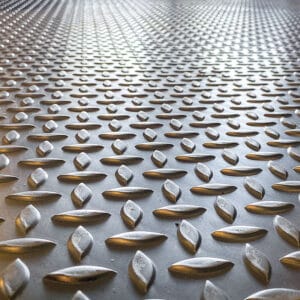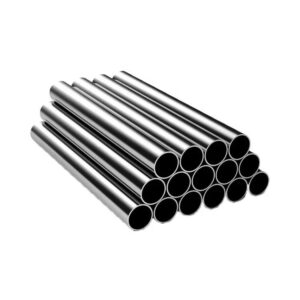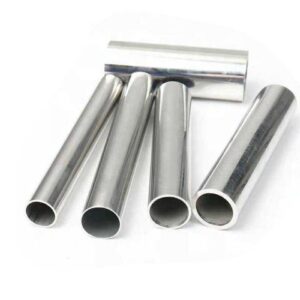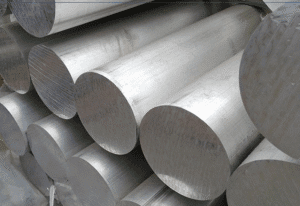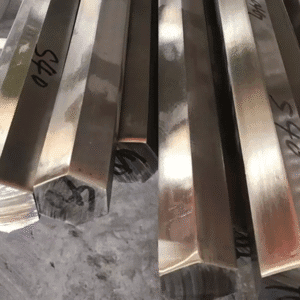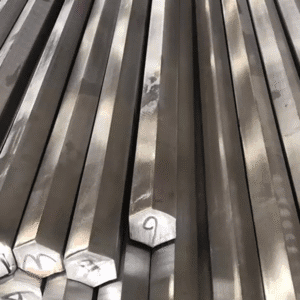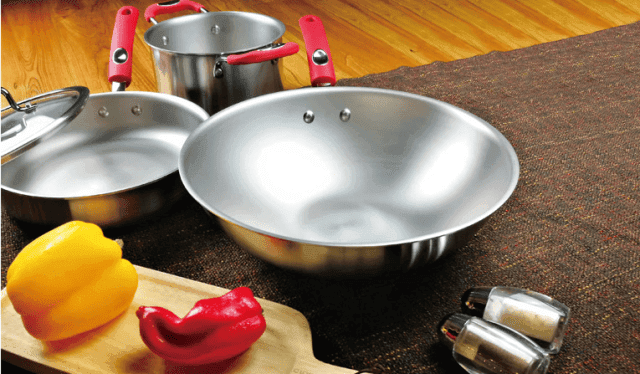A Practical Comparison for Cookware Manufacturers and Buyers
Introduction
Choosing the right aluminum alloy for cookware production is one of the most important decisions for manufacturers, brand owners, and buyers. Aluminum circle discs are a staple in the cookware industry because of their lightweight nature, excellent thermal conductivity, and cost-effectiveness. But not all aluminum alloys perform the same way in cookware manufacturing.
Among the many grades available, 1050 and 3003 aluminum circle discs are two of the most widely used options. They may look similar at first glance, but their performance, durability, and processing behavior can vary greatly.
If you’re sourcing cookware materials or planning a production run, knowing the differences between these alloys can help you avoid costly mistakes, reduce production downtime, and improve product performance.
This guide provides a clear, side-by-side comparison of 1050 vs. 3003 aluminum discs, covering chemical composition, mechanical properties, forming behavior, surface treatment compatibility, corrosion resistance, applications, cost factors, and buying tips. We’ll also share practical sourcing advice to help you make informed purchasing decisions.

1. Chemical Composition: What’s Inside Each Alloy?
The biggest difference between 1050 and 3003 aluminum lies in their chemical makeup. Even small changes in alloying elements can significantly affect strength, flexibility, corrosion resistance, and surface finish.
| 1050 Aluminum | 3003 Aluminum |
| Aluminum content: ≥ 99.5% (virtually pure aluminum) | Aluminum content: ~96.7% |
| Contains trace amounts of iron (Fe), silicon (Si), and other elements | Manganese (Mn): ~1.0–1.5% |
| No significant alloying metals like manganese or magnesium | Minor amounts of copper (Cu), iron (Fe), and silicon (Si) |
What This Means for Cookware:
- 1050: Softer, more ductile, and easier to shape because it has fewer alloying elements. This makes it ideal for cookware parts that require deep drawing or spinning into complex shapes.
- 3003: Stronger and more corrosion-resistant because of manganese. This makes it better suited for cookware that needs to be tough and durable, such as heavy-duty pots or frying pans that see frequent use.
Real-world example:
If you’re manufacturing rice cooker inner pots or pressure cooker liners, the softness of 1050 helps achieve precise forming without cracks. On the other hand, if you’re producing restaurant-grade frying pans, 3003’s added strength helps the cookware maintain its shape after years of use.
2. Mechanical Properties: Strength vs. Flexibility
Understanding the strength, hardness, and elongation of a material is critical for choosing the right alloy for your forming process.
| Property | 1050 Aluminum | 3003 Aluminum |
|---|---|---|
| Tensile Strength (MPa) | 55–95 | 95–135 |
| Elongation (%) | 30–40 | 20–30 |
| Hardness (Brinell) | 20–30 | 30–50 |
| Density (g/cm³) | 2.71 | 2.73 |
Key Takeaways:
- 1050: Higher elongation and lower strength → ideal for complex forming processes like deep drawing and spinning.
- 3003: Higher strength and hardness → better for durability and shape retention.
Practical Insight:
If your cookware design involves multiple forming stages (for example, shaping → trimming → reshaping), 1050 will be easier on your tools and less likely to crack. But if your product will face mechanical stress (like stacking, transporting, or heavy stirring), 3003’s hardness will help it last longer.
3. Forming and Processing Performance
The choice of alloy can have a big impact on production speed, tool life, and product rejection rates.
1050 Aluminum Circles Plate
- Excellent for deep drawing and spinning
- Can handle multiple forming stages without cracking
- Usually supplied in O (soft) or H12/H14 tempers
- Lower tool wear, faster forming speeds
3003 Aluminum Circles
- Suitable for moderate forming (stamping, shallow drawing)
- Slightly harder, requiring more force on forming machines
- Performs well in pressing and coating preparation
- More wear on tooling over time compared to 1050
Production Impact:
- 1050 is faster to process, which can lower labor costs and reduce production downtime.
- 3003 requires more robust tooling but produces tougher cookware.
Pro tip for buyers:
When sourcing, ask for forming test results such as the Erichsen cupping test. This helps ensure the material meets your forming depth requirements before you commit to a large batch.
4. Surface Treatment Compatibility
Surface finish is an important factor for both appearance and functionality in cookware.
| Treatment | 1050 | 3003 |
|---|---|---|
| Anodizing | Good | Moderate |
| Polishing | Very good | Good |
| Non-stick Coating | Excellent base | Excellent base |
| Brushing / Sandblasting | Very good | Very good |
Notes:
- 1050: Great for mirror-polished finishes on decorative cookware or serving trays.
- 3003: Provides a better base for coatings (non-stick, ceramic) due to its surface hardness.
Real-world example:
If your cookware will be clear anodized for a shiny appearance, 1050 will deliver a brighter, more reflective finish. If your pans will have a PTFE or ceramic coating, 3003’s hardness helps coatings adhere better and resist scratches.

5. Corrosion Resistance and Durability
Kitchen environments can be tough on metals—think boiling water, acidic tomato sauces, dishwashers, and steam.
1050:
- Naturally corrosion-resistant due to high aluminum content
- Performs well in dry or mildly humid environments
- Can wear faster in saltwater or acidic conditions
3003:
- Superior corrosion resistance thanks to manganese
- Better for humid kitchens, commercial dishwashers, and salty water
- Often used in commercial-grade cookware and marine applications
Tip for buyers:
If your cookware is meant for high-humidity regions or commercial kitchens, choose 3003 to avoid premature corrosion.
6. Common Applications in the Cookware Industry
1050 Aluminum Uses:
- Deep-drawn pots and pans
- Rice cooker inner pots
- Soup ladles and mixing bowls
- Decorative kitchen trays
- Pressure cooker liners
3003 Aluminum Uses:
- Frying pans and sauté pans
- Saucepans and stockpots
- Commercial food containers
- Non-stick cookware sets
- Hotel buffet trays and chafing dishes
Industry insight:
For consumer-grade cookware that focuses on design, 1050 is a strong choice. For professional kitchens that prioritize durability, 3003 will handle the abuse.
7. Cost and Availability
Cost:
- 1050: Generally cheaper because of simpler refining and processing
- 3003: Slightly more expensive due to manganese content and higher demand in heavy-use cookware
Availability:
- Both alloys are widely available globally.
- 1050: More size options in terms of diameter and thickness
- 3003: May require custom orders for certain specs
Buyer tip:
Don’t just compare price per kg—consider tooling costs, forming rejection rates, and lifespan. 3003 may cost more upfront, but can lead to fewer returns and replacements.
Buyer Checklist: How to Choose the Right Alloy
| Criteria | Recommendation |
|---|---|
| Forming Requirements | |
| – Deep drawing | ✅ 1050 |
| – Shallow forming/stamping | ✅ 3003 |
| Final Product Application | |
| – Decorative or lightweight cookware | ✅ 1050 |
| – Heavy-use or commercial cookware | ✅ 3003 |
| Surface Finish | |
| – Mirror polish or anodizing | ✅ 1050 |
| – Coated finish or brushed look | ✅ 3003 |
| Budget | |
| – Tight budget or large production runs | ✅ 1050 |
| – Prioritize long life cycle | ✅ 3003 |
Supplier Capabilities
- Can they supply both alloys?
- Do they offer forming and coating guidance?
- Can they provide samples for testing?
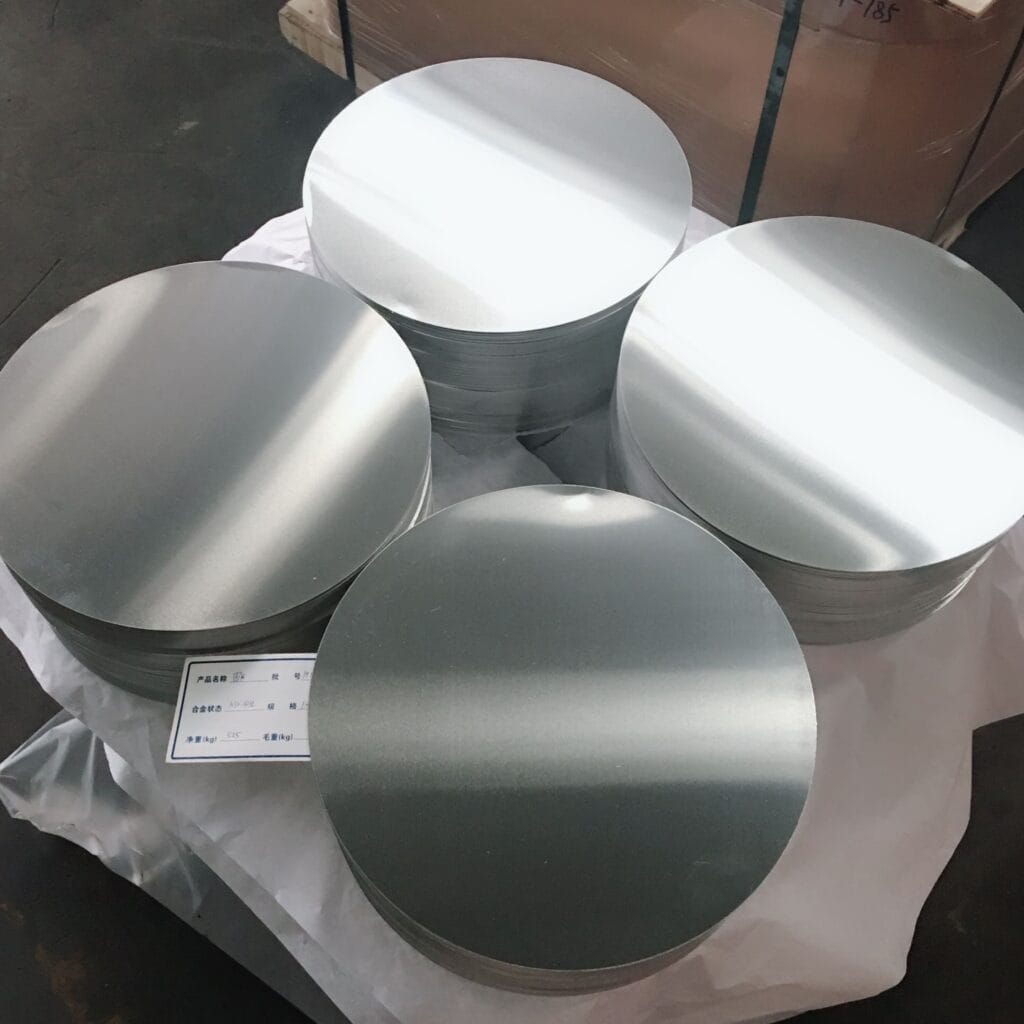
Conclusion
Both 1050 and 3003 aluminum circle discs are excellent materials for cookware manufacturing, but they cater to different needs:
- 1050: Soft, easy to form, ideal for complex shapes and decorative finishes
- 3003: Stronger, more durable, better for coated and heavy-use cookware
Choosing the right alloy depends on your manufacturing process, end-use environment, and budget. By understanding these differences, you can make a smarter choice that saves money in the long run and delivers a better product to your customers.
Looking for Reliable Aluminum Circle Manufacturers?
ZGGDMETAL offers high-quality aluminum circles tailored to your needs:
- Available Alloys: 1050 and 3003
- Custom Diameters: From 100 mm to 1200 mm
- Excellent Formability: Ideal for deep drawing and spinning
- Quick Lead Times: Fast shipping with strict quality control
Get in touch today for a quote or request a free sample.
Let’s bring your next cookware project to life with precision and performance.

